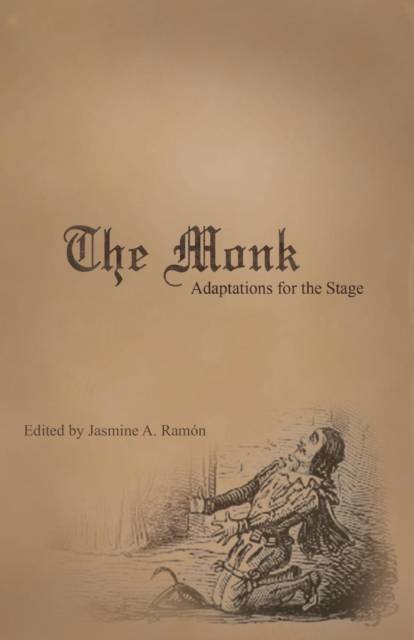
- Afhalen na 1 uur in een winkel met voorraad
- Gratis thuislevering in België vanaf € 30
- Ruim aanbod met 7 miljoen producten
- Afhalen na 1 uur in een winkel met voorraad
- Gratis thuislevering in België vanaf € 30
- Ruim aanbod met 7 miljoen producten
Zoeken
€ 17,95
+ 35 punten
Omschrijving
True to eighteenth-century melodrama, the sensational excesses of the three plays in this anthology can now be enjoyed by contemporary readers. Matthew Gregory Lewis' The Monk, popular for its sexual and religious deviance, was first adapted for the stage less than a year after its publication in 1796. With its reputation as 'the most Gothic of eighteenth century Gothic romances, ' The Monk has been transformed for theatre and film numerous times over the centuries. This anthology includes three early adaptations: William Henry Grosette's 1810 two-act play Raymond and Agnes; or, The Bleeding Nun of Lindenberg; Charles Farley's extravagant 1797 Airs, Glees, and Chorusses in a New Grand Ballet Pantomime of Action, Called Raymond and Agnes; or the Castle of Lindenbergh; and a five-act play, James Boaden's 1799 Aurelio and Miranda. The passion, repression, and romance of Lewis' characters are conveyed through dance, pantomime, chorus, and dialogue, and the Bleeding Nun makes her appearance in two of the plays to bestow her blessing and help the central couples achieve their 'happily ever after.'
Specificaties
Betrokkenen
- Auteur(s):
- Uitgeverij:
Inhoud
- Aantal bladzijden:
- 142
- Taal:
- Engels
Eigenschappen
- Productcode (EAN):
- 9781943115013
- Verschijningsdatum:
- 3/05/2015
- Uitvoering:
- Paperback
- Formaat:
- Trade paperback (VS)
- Afmetingen:
- 140 mm x 216 mm
- Gewicht:
- 185 g

Alleen bij Standaard Boekhandel
+ 35 punten op je klantenkaart van Standaard Boekhandel
Beoordelingen
We publiceren alleen reviews die voldoen aan de voorwaarden voor reviews. Bekijk onze voorwaarden voor reviews.








